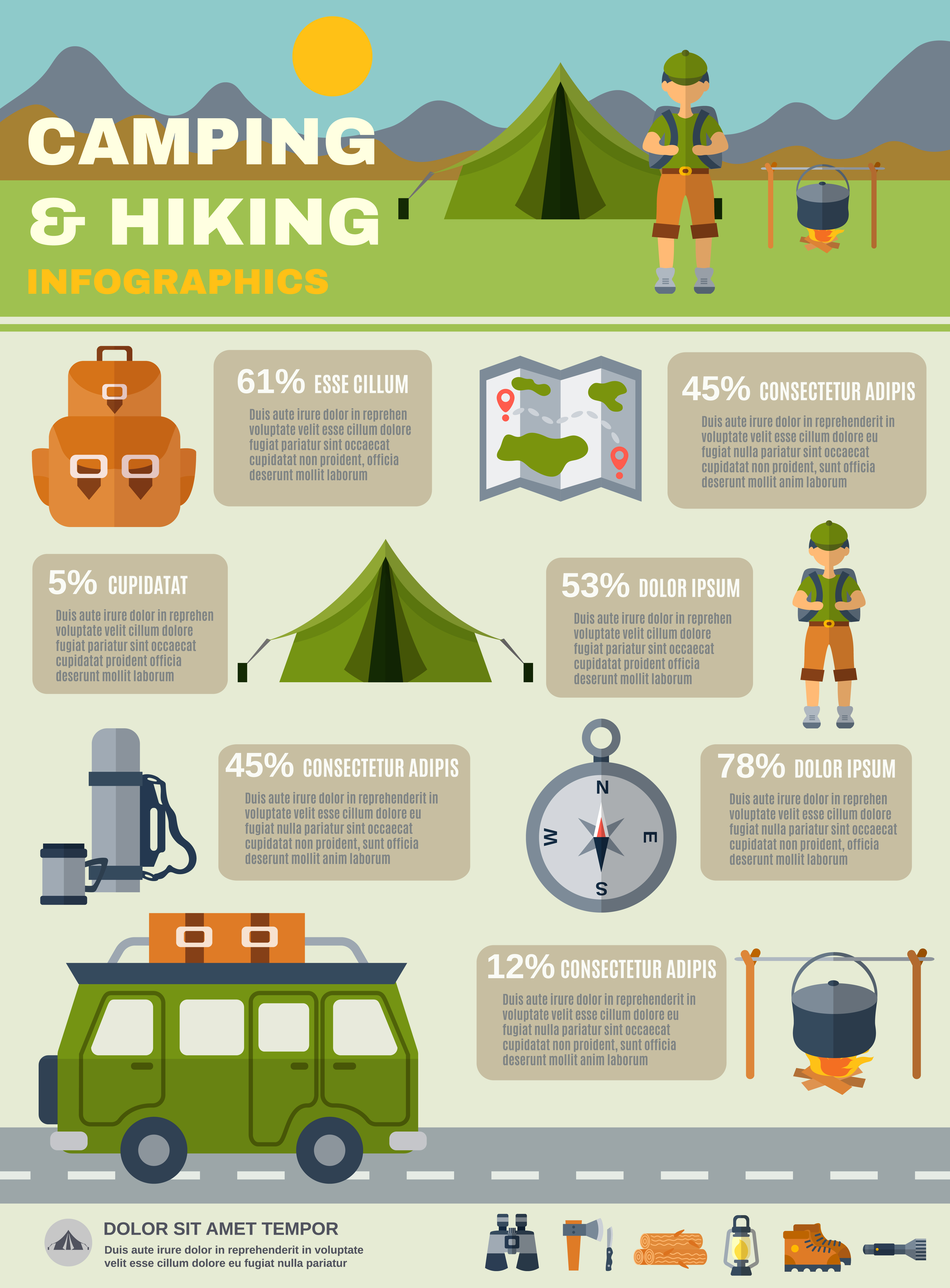Wall Tents And Westward Expansion In America
How Rainfall Flies Extend the Life of Wall TentsRain flies are a necessary device for wall tents. They enhance the capability of an outdoor tents to shield campers from severe weather conditions while offering added convenience and toughness.
Normal cleaning of a rainfall fly keeps mud, mold, and debris from ruining it. Also, making sure the proper stress of a rainfly prevents it from drooping and permitting water to gather below.
Weather Condition Resistant Products
The material utilized in construction jobs can influence the longevity and longevity of the project. Picking weather-resistant materials helps reduce upkeep costs and conserves sources for future repair work and substitute.
Timber may not be the initial material that comes to mind when reviewing weather resistance, however it is very resilient when appropriately treated with preservatives. Cedar, redwood, and teak are instances of normally rot-resistant woods utilized to make a selection of outdoor furniture and frameworks.
High-performance canvas wall camping tents are created to stand up to moisture and maintain campers comfy. It is important to clean canvas and camping tents routinely to eliminate dust, mud, and dirt. It is also important to rinse any kind of residue from the canvas camping tent prior to saving it away for usage. Avoid utilizing bleach, as it damages the water-resistance therapy and makes the outdoor tents more vulnerable to leak. Conversely, a soft brush and a tube can be used to completely scrub the canvas camping tent and wash it off with water till it is totally saturated.
UV Exposure
Unless a camping tent is made from UV-resistant material, long term direct exposure to sunshine will cause it to deteriorate. This holds true of all textiles, yet it's particularly pronounced for camping tents and canvas structures as a result of how much they're used in outside settings. UV radiation can trigger dyes to break down, causing a loss of shade vibrancy.
A rainfly shields wall surface tents from these hazardous UV rays by reflecting them before they can permeate the structure and reach your skin. It is very important to select a rainfly with a UPF score of 50 or greater to obtain ideal UV security.
A rainfly additionally aids manage the temperature level inside an outdoor tents relying on the period. A lighter rainfly can maintain outdoors tents from soaking up way too much warmth in the summertime, while a much heavier rainfall fly can assist stop warm from leaving the camping tent during colder months. In either case, these additional layers of insulation can significantly extend a tent's life-span.
Dampness Damages
Canvas camping tents are relatively resilient and can last 15-30 years with persistent care, but also one of the most high-performance canvas is not unsusceptible downpours. A rain fly or fly sheet adds a layer of defense for the roof covering of your canvas camping tent and assists avoid moisture damages.
Condensation, mold and mildew, and mold are not only unpleasant, but they can additionally ruin the structural integrity of your canvas camping tent. Protecting against these problems tent fabric is not difficult, yet it calls for meticulous treatment and interest to detail.
Make it a behavior to check your tent in the early morning and eliminate any all-natural condensation, dew, or snow that has actually accumulated externally. Afterward, be sure to spread your outdoor tents out in an open area and use a soft brush to scrub away any kind of mold and mildew that has actually developed. As soon as you have actually removed the influenced areas, re-treat the outdoor tents with a mold and mildew killer option and rinse it extensively to avoid any future problems.
Wetness Buildup
While regular, condensation can damage materials if left uncontrolled. Luckily, proactive methods like wiping surface areas and airing out tents decrease condensation' effect.
Tent textile, climate conditions and use patterns contribute to condensation degrees. Sailcloth, for example, withstands water vapor dissipation and tends to show handmade droplets quicker than polyester or nylon options. Comprehending this distinction notifies just how outdoor tents proprietors handle condensation.
Owner's breathed out breath and wet garments and devices spike moisture levels. An absence of air flow methods permits moisture to condense when cozy interior air satisfies cooler surface area temperatures. This cycle enhances on moist nights or when a tent is placed in reduced areas. Checking and wiping camping tent surface areas instantly after cooling down encourages wetness to spread before damaging materials or creating mold. Localized air flow, such as routing a fan towards joints, additional help the process. Acknowledging one of the most susceptible areas of a camping tent, like high ridges and edges, helps campers improve their wetness monitoring regimens.
